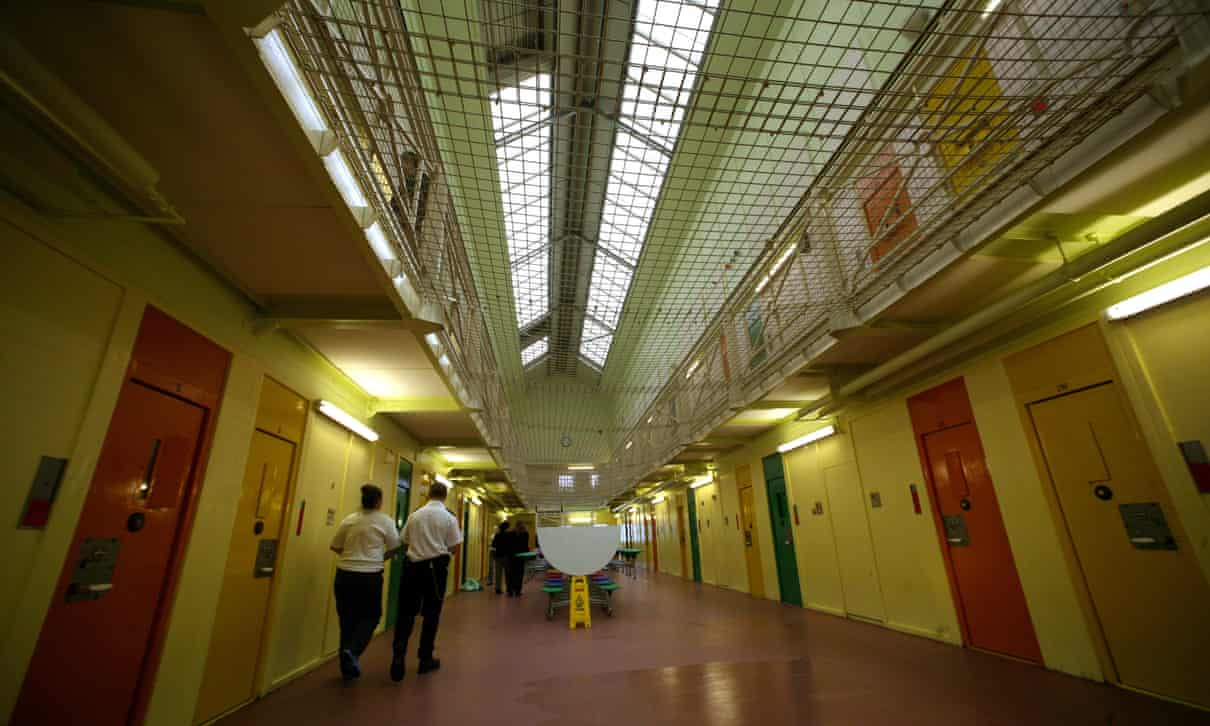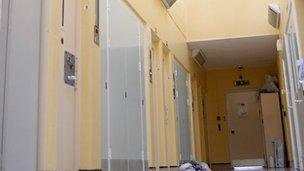
HMP Styal
“The prison service has launched an investigation following the death of a baby in prison … The stillbirth of a baby at Styal prison in Wilmslow, Cheshire, on Thursday has been confirmed by the Ministry of Justice. It is the second stillbirth of a baby born to a woman in prison in the space of nine months.” We regret to inform you that there will be no credible investigation of this incident at Styal prison, just as, despite the fact that eleven so-called investigations were conducted after last year’s stillbirth at HMP Bronzefield, nothing came of them. Investigations of ongoing atrocities that produce absolutely no change are not investigations. They are coverups.
The story, such as it is, this time is that a young woman was held in HMP Styal. She did not know that she was pregnant. She did know that she was in excruciating pain. She did tell the staff, who told her to take two aspirins and chill out. The pains increased. Finally, someone realized that the woman was pregnant. By then, it was too late. Now, the Prison Service expresses their deep concern, and the headlines, which are far and few between, suggest that the impending investigation is the real story. In that case, there is no story, because there will be no credible investigation.
What exactly will the Prison Service investigate. Will they, once again, investigate the rash of suicides at HMP Styal between February 2018 to May 2019? Will they investigate, once again, the “epidemic” of women’s self-harm and suicide at HMP Styal between August 2002 and August 2003, the epidemic that prompted the Corston Report: a review of women with particular vulnerabilities in the criminal justice system, published in 2007? Will they investigate the brutal conditions at HMP Styal, as documented in HM Chief Inspector of Prisons’ 2012 report? Will they investigate the Chief of Inspector of Prisons’ 2009 warning of the real and present danger of more deaths occurring at HMP Styal, if services for the vulnerable were not improved? How will the Prison Service investigate its own refusal to act for at least the past eighteen years? There will be numerous performances of investigation and concern, but there will be no credible investigation.
A chapter of the story is this: A woman was in real pain, and the staff meant to take care of her ignored her. The story is the active act of ignoring women to death. Here’s another chapter of the story: despite earlier promises, during the current pandemic, the English Prison Service has released only six pregnant women. In fact, HMP Prison Service has only released one in forty of women prisoners who applied for early release. The story is the active act of ignoring women to death. We regret to inform you that there will be NO credible investigation of the stillbirth at Styal prison. Rather than pretending yet again to investigate, shut Styal once and for all, and release the women who are held there.
(Photo Credit: The Guardian / Don McPhee)


